5. A Trip to the Moon (1902, George Méliès)
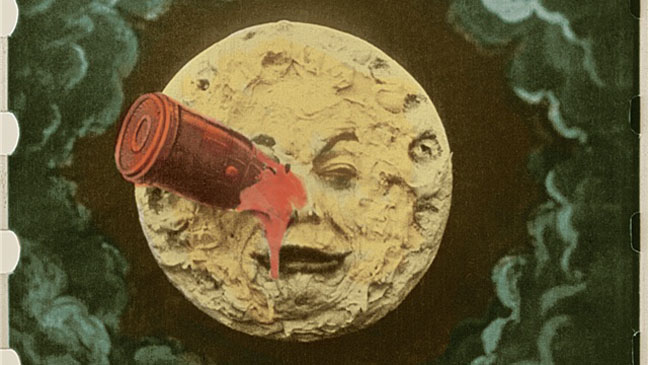
The very same film that Martin Scorsese used in “Hugo” is one of the best steampunk films in history. Taking inspiration from the works of Jules Verne and H. G. Wells, George Méliès, a pioneer in filmmaking, makes an homage and parody at the same time to such auteurs, by creating a film about a rocket that is sent to the moon. Much like with the works of Verne and Wells, the film happens to become steampunk because of the time it was made.
Even when steampunk is a subgenre that comes from science fiction, it only takes elements from 19th century or before to fall into that genre. Since “A Trip to the Moon” was filmed in the early 20th century, it becomes not only one of the earliest sci-fi films, but of the steampunk genre as well.
With a length of 12 minutes and 52 seconds, the film can be found on YouTube and is considered as one of the most influential films in cinema history. All of this makes it one film that any cinephile should watch.
4. Brazil (1985, Terry Gilliam)
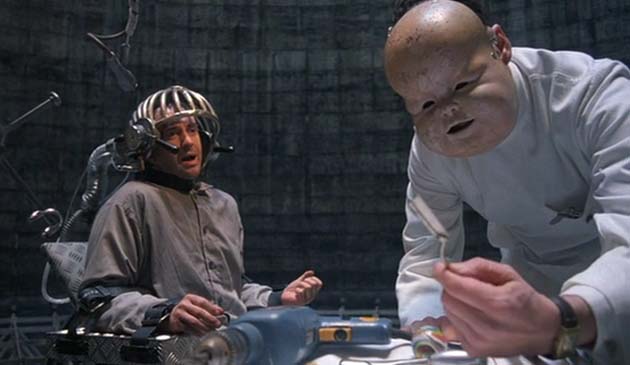
The second part of the “Trilogy of Imagination” takes place in a dystopian world and it follows the adventures of a low-level government employee who must find a strange woman who appears in his dreams. As with every Terry Gilliam film, it features interesting satire and reflection on modern day society through a highly bizarre plot and settings.
Considered by many as Gilliam’s best film to date, it stars Jonathan Pryce as Sam Lowry, the film’s protagonist, and supporting parts from Kim Greist, Michael Palin, Katherine Helmond, Bob Hoskins, Sir Ian Holm, and Robert De Niro, who expressed high interest in appearing in the film.
In “Brazil”, the steampunk elements are highly important, as the use of strange machines work as a part to explain the kind of world they’re in. While some may call it “dark” or “confusing”, there is no doubt that it happens to be one of the best and most influential works in the steampunk genre.
3. Howl’s Moving Castle (2004, Hayao Miyazaki)
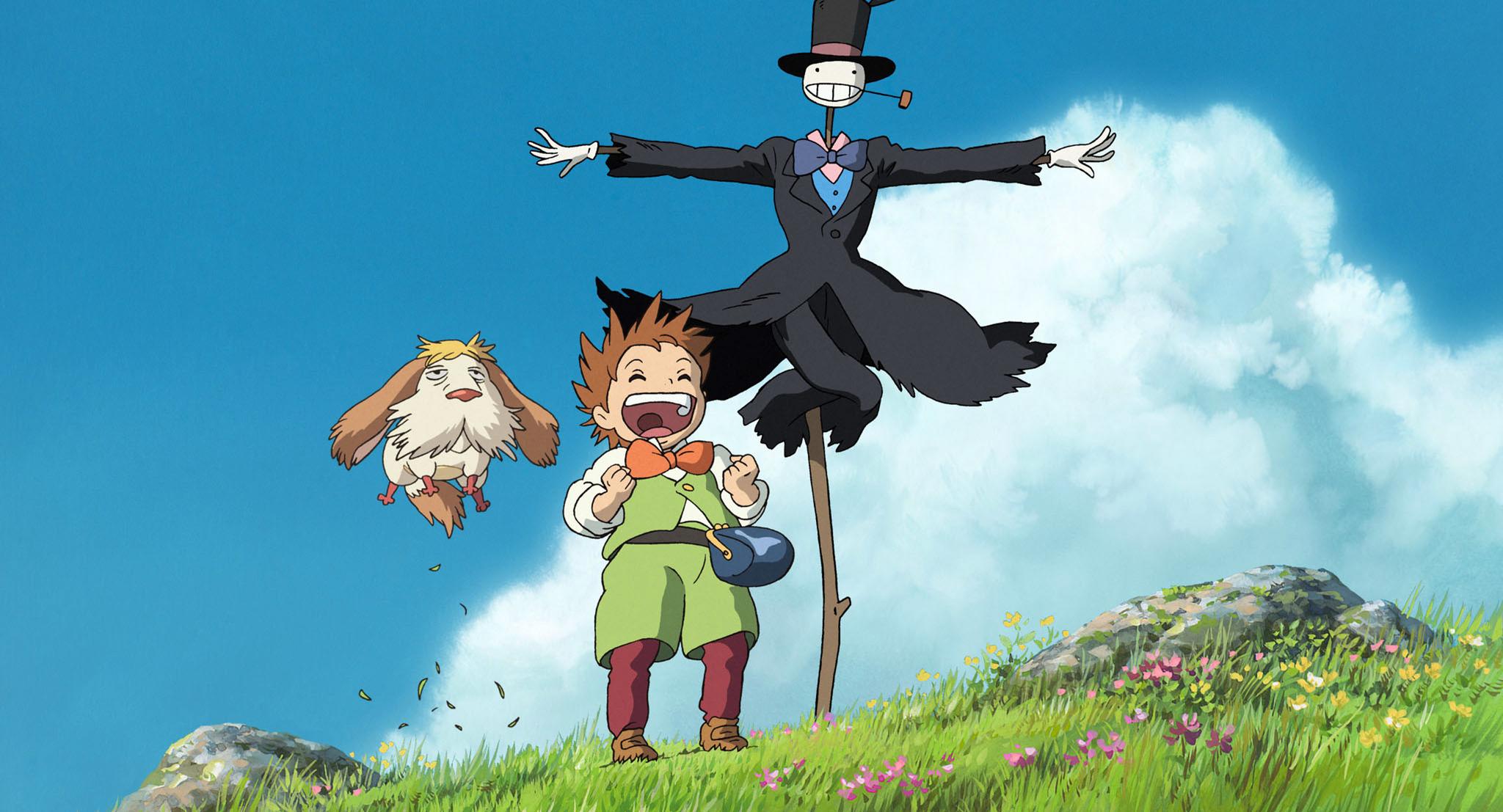
Considered by many as one of the best works of Hayao Miyazaki, this adaptation of Diana Wynne Jones’ novel is an impressive and visually stunning animated film, with a complex but beautiful story. It follows the adventures and love story between Sophie, an 18-year-old girl, cursed by a witch into an old woman’s body, and a magician named Howl. As with every Miyazaki film, it’s a touching and powerful experience that takes audiences to strange worlds of fantasy and extraordinary inventions.
The steampunk elements are highly notorious here (the castle itself might be one of the best inventions in the genre), and while they don’t drive the story, they form an important part of it. The film was nominated for the Oscar for Best Animated Film in 2003 and remains as one of the most famous works of its impressive director. It is an very interesting experience that can be watched, discovered and enjoyed by all kinds of audiences.
2. The City of Lost Children (1995, Marc Caro & Jean-Pierre Jeunet)
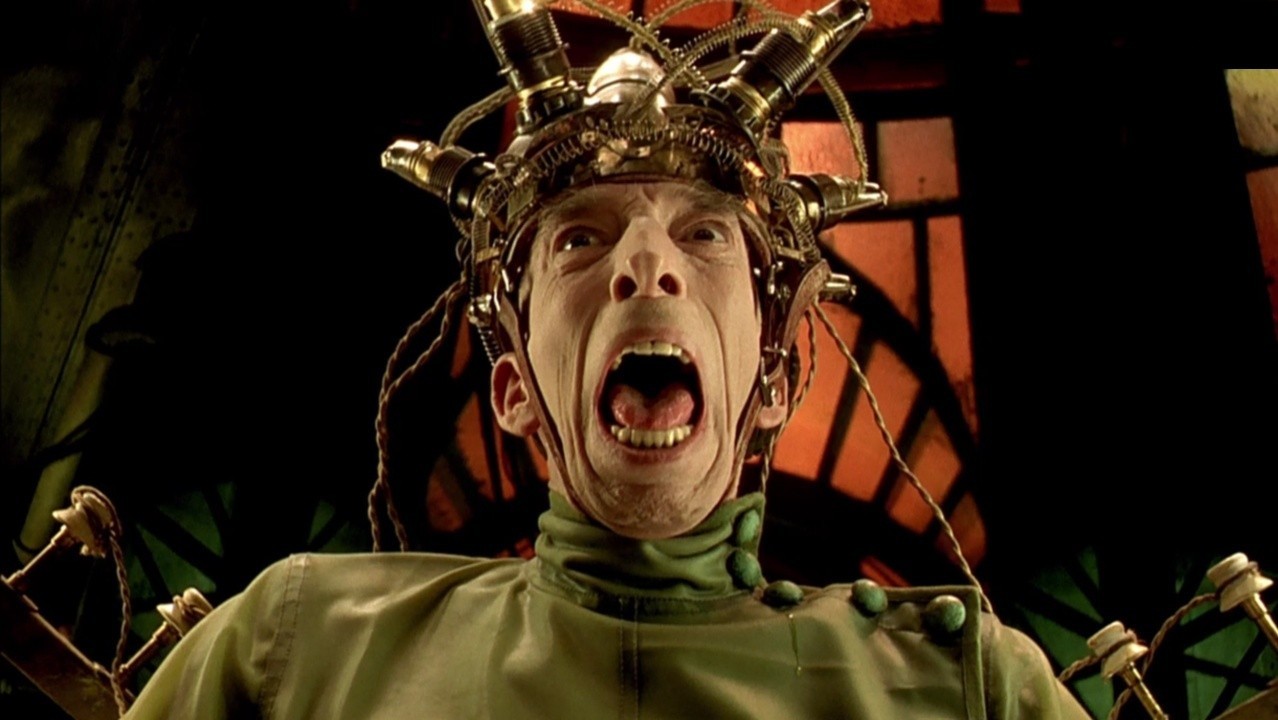
“La Cité des Enfants Perdus” is the second collaboration between Marc Caro and Jean-Pierre Jeunet. They had previously worked on “Delicatessen” and, like in that one, this film brings a bizarre, mind-blowing experience with terrific visual settings. It follows One, a carnival strongman perfectly played by Ron Perlman, who is in search for his younger brother, who has been kidnapped by a mad scientist that steals dreams from children, since he cannot have his own.
As strange as it may sound, it’s considered one of the best examples of steampunk in film. It’s a dark fantasy tale with heavy use of 19th century science fiction settings and is said to be an homage to Terry Gilliam’s works.
With great supporting performances, especially from the young Judith Vittet as Miette, the girl who helps One on his search, and Daniel Emilfork as Krank, the mad scientist, and a hallucinatory soundtrack from Angelo Badalamenti, it’s a highly interesting exercise, not only in its genre, but in cinema in general.
While it certainly may not be everyone’s cup of tea (it can be disturbing in some parts), it’s undoubtedly a powerful experience in every way.
1. Time Bandits (1981, Terry Gilliam)
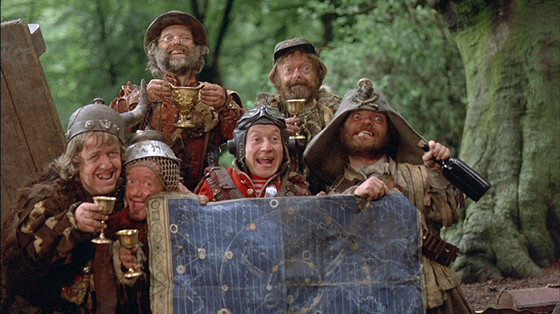
Gilliam’s first part of the “Trilogy of Imagination” was also one of his first directing attempts after his “Monty Python” era. He had previously made “Jabberwocky”, but it received divided opinions. However, “Time Bandits”, coming from a very peculiar idea of his own, helped to show Gilliam’s talent to tell eccentric and dark stories with a reflexive background.
In this case, his whole idea of creating such a trilogy was to explore all the “craziness of our awkwardly ordered society and the desire to escape it through whatever means possible.” And so, the film follows the adventures on a 11-year-old boy who accidentally joins a band of dwarves who are looking for a treasure to steal, as they travel through different eras.
With that being the case, the film has a heavy use of steampunk elements, as it combines sci-fi with a dark fantasy tale and happens to be one of the most important films in the genre.
With interesting performances from Sean Connery, Shelley Duvall, Ian Holm, and Gilliam’s buddies from the Monty Python films, as well as a soundtrack that includes original songs from George Harrison, the film is undoubtedly a classic and one of the major highlights from Gilliam’s career.
Did we miss any classic steampunk film? What would be your favorite? Let us know in the comments!
Author Bio: Patryk Suchocki is a Mexican student on Cultural Management at the Universidad de Guadalajara and enthusiastic cinephile. He likes indie films, auteur cinema and writing short stories.